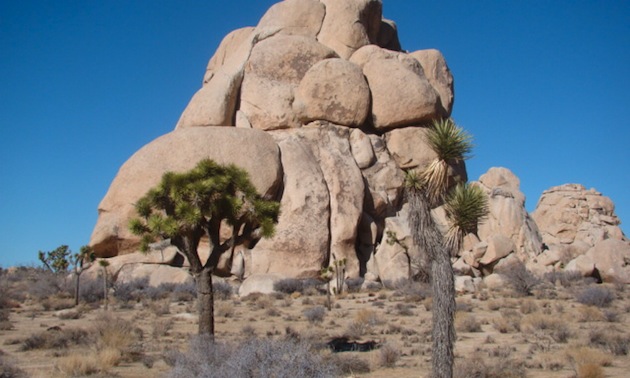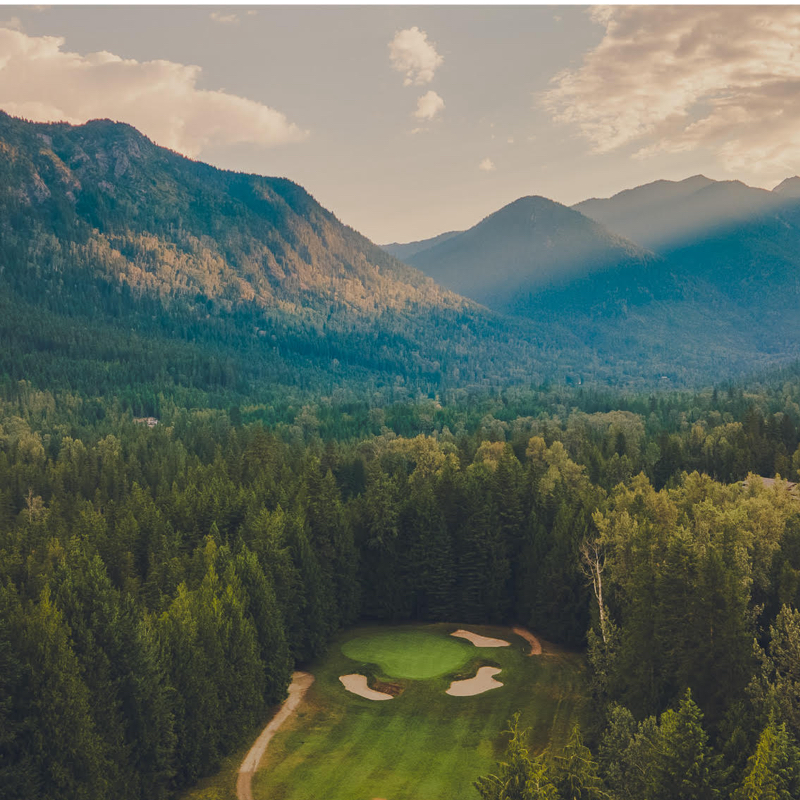Explore an iconic setting
Joshua Tree National Park is more than just massive rocks and desert

Get out into nature and learn about desert ecosystems by exploring Joshua Tree National Park in southern California.
The park has two different desert regions—the Mojave Desert and the Colorado Desert—and features geology created in a unique way to form a bouldered landscape.
The reason for the shape of the boulders—also known as plutons—and landscape has to do with underground groundwater erosion occurring over millions of years. Originally formed in the depths of the earth from molten rock, the plutons cooled and hardened below the surface before exposure to groundwater rounded out the edges and geological events pushed the boulders to the surface.
Into the wild
Bordering Indio and Coachella, Joshua Tree National Park is a popular spot for nature enthusiasts, according to Joe Zarki, a public information officer with the National Park Service.
There are rock climbing routes on larger rock faces and adventurers can go bouldering—free-climbing on outcroppings.
Three-quarters of the park is designated a wilderness area and 270 hiking trails
snake through 173,900 hectares of park space. Popular routes include the Hidden Valley and the Barker Dam trails, the latter of which is known for a healthy population of wallflowers that bloom in late spring.
The desert ecosystem supports roughly 800 species of plants and a variety of wildlife such as coyotes, bighorn sheep and bobcats.
Keep an eye out for the reptilian. Lizards will often be seen basking in the sunlight on large rocks and 25 species of snakes have been identified in the park.
Birders can also appreciate the chance to see orioles, eagles, roadrunners and 250 other kinds of winged creatures.
Civilization calling?
If nature and outdoor recreation isn’t your thing, you can visit Indio, which is just south of Joshua Tree National Park.
Indio is well known for its date groves; the trees were first imported from the Middle East in the 1920s. At one point, the region was the most prolific supplier of dates for the American market.
The city and surrounding agricultural community celebrate their date heritage every February with the National Date Festival, complete with attractions such as a fair, stage productions, and camel and ostrich racing.






